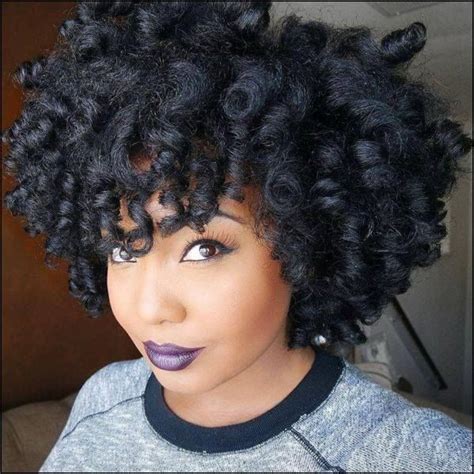Introduction
Curly human hair holds an unparalleled allure in the world of beauty, fashion, and beyond. With its captivating texture and versatility, it offers endless possibilities for expression and innovation. This article delves into the myriad facets of curly human hair, exploring its key characteristics, applications, and the profound impact it has on individuals and industries alike.

Understanding the Essence of Curly Human Hair
Curly human hair is characterized by its distinct coiled or spiral shape. This unique structure is attributed to the amino acid composition of the hair shaft, which leads to the formation of disulfide bonds. Disulfide bonds create cross-links between the keratin fibers, resulting in the hair’s characteristic elasticity and resilience.
The degree of curl in hair is classified into four types:
- Type 2 (Wavy): Loose, S-shaped waves
- Type 3 (Curly): Curls that range from loose to tight, with a well-defined S or spiral shape
- Type 4 (Coily): Tightly coiled curls that resemble a spring
- Type 5 (Afro): Short, tightly packed curls that form a dense, woolly texture
The Allure and Significance of Curly Hair
Curly human hair has long been prized for its aesthetic appeal. Its playful and voluminous texture adds a touch of charm and uniqueness to any hairstyle. This has led to its popularity in the fashion, beauty, and entertainment industries.
Beyond its aesthetic value, curly hair holds a deep cultural significance. In many African and Afro-descendant communities, curly hair is a symbol of pride and identity. It represents a rich heritage and the celebration of natural beauty.
Exploring the Applications of Curly Human Hair
The use of curly human hair extends far beyond its traditional role in styling and fashion. Its unique properties make it a valuable resource in various fields:
1. Cosmetology: Curly human hair is widely used in the cosmetology industry for wigs, extensions, and weaves. It provides a natural and seamless blend with the wearer’s own hair, allowing for endless styling options.
2. Medical: Curly human hair has found innovative applications in the medical field. It is used in the production of surgical sutures, which offer improved strength and flexibility compared to synthetic sutures.
3. Research and Development: Curly human hair serves as a valuable research material for scientists studying hair growth, hair care, and hair disorders. Its complex structure provides insights into the mechanisms underlying hair biology.
4. Advanced Textiles: The unique properties of curly human hair have inspired the creation of novel textiles with enhanced breathability, moisture absorption, and UV protection.
Satisfying the Wants and Needs of Curly Hair Customers
Understanding the specific wants and needs of curly hair customers is crucial for businesses and individuals aiming to provide optimal solutions.
Pain Points
- Dryness and frizz
- Lack of moisture retention
- Tendency to tangle and break
- Limited styling options
Motivations
- Enhancing the natural beauty of curls
- Reducing breakage and damage
- Creating versatile and flattering hairstyles
- Embracing a positive self-image
Comparative Analysis: Synthetic vs. Curly Human Hair
While synthetic hair offers affordability and easy maintenance, curly human hair provides superior quality and long-lasting benefits:
| Feature | Synthetic Hair | Curly Human Hair |
|---|---|---|
| Texture | Less natural, often plastic-like | Natural, voluminous, and soft |
| Durability | Shorter lifespan | Can last up to a year with proper care |
| Styling Versatility | Limited styling options | Can be styled in numerous ways |
| Cost | More affordable | More expensive |
| Sustainability | Non-biodegradable | Biodegradable and environmentally friendly |
Future Applications of Curly Human Hair
The potential of curly human hair extends beyond its current uses. Thought-provoking ideas for innovative applications include:
Curlability Index
Developing a metric that quantifies the degree of curl in hair would revolutionize the beauty industry. Hairdressers and consumers could precisely match hair products and styling techniques to individual curl patterns.
Personalized Haircare
Using machine learning algorithms to analyze individual hair profiles, scientists could create tailored haircare regimens that optimize curl definition, reduce frizz, and promote hair health.
Biomimicry in Design
The unique structure and properties of curly human hair can inspire the design of new materials and technologies. For example, engineers could mimic the coiled shape of hair to create lightweight, shock-absorbing composites.
Conclusion
Curly human hair is an extraordinary resource that offers a wealth of opportunities for innovation, expression, and well-being. Its unique structure, cultural significance, and diverse applications make it a captivating subject that continues to inspire and empower individuals and industries alike. As we further explore the potential of curly human hair, we unlock new possibilities for enhancing beauty, health, and scientific advancement.
